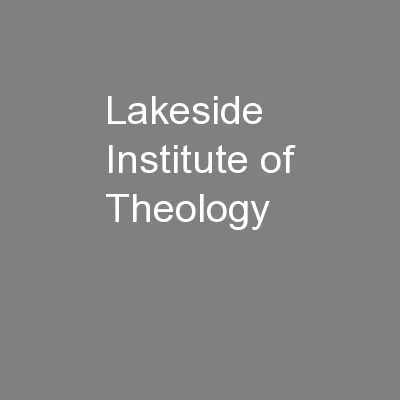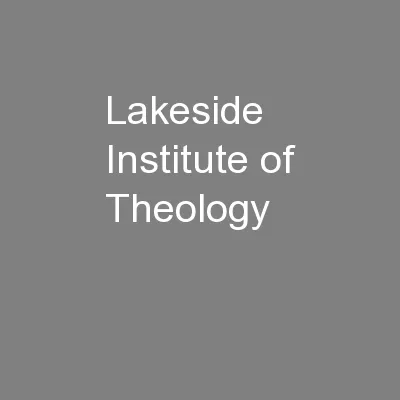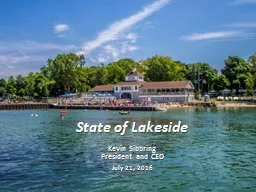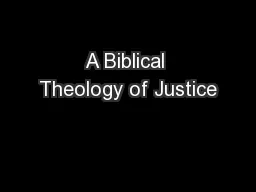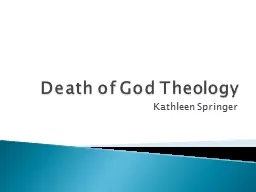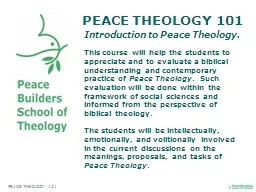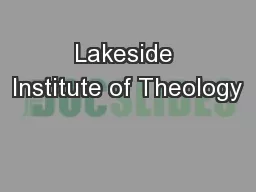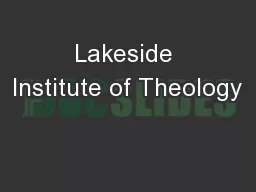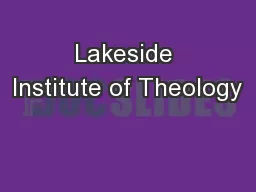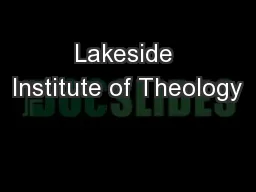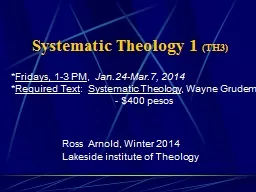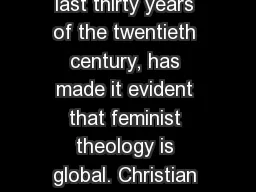PPT-Lakeside Institute of Theology
Author : olivia-moreira | Published Date : 2016-03-07
Ross Arnold Spring 2013 Church History 1 Apostles to PreReformation April 30 2013 Emperors Bishops Saints amp Intellectuals Lecture Church History 1 TH1 Introduction
Presentation Embed Code
Download Presentation
Download Presentation The PPT/PDF document "Lakeside Institute of Theology" is the property of its rightful owner. Permission is granted to download and print the materials on this website for personal, non-commercial use only, and to display it on your personal computer provided you do not modify the materials and that you retain all copyright notices contained in the materials. By downloading content from our website, you accept the terms of this agreement.
Lakeside Institute of Theology: Transcript
Download Rules Of Document
"Lakeside Institute of Theology"The content belongs to its owner. You may download and print it for personal use, without modification, and keep all copyright notices. By downloading, you agree to these terms.
Related Documents

